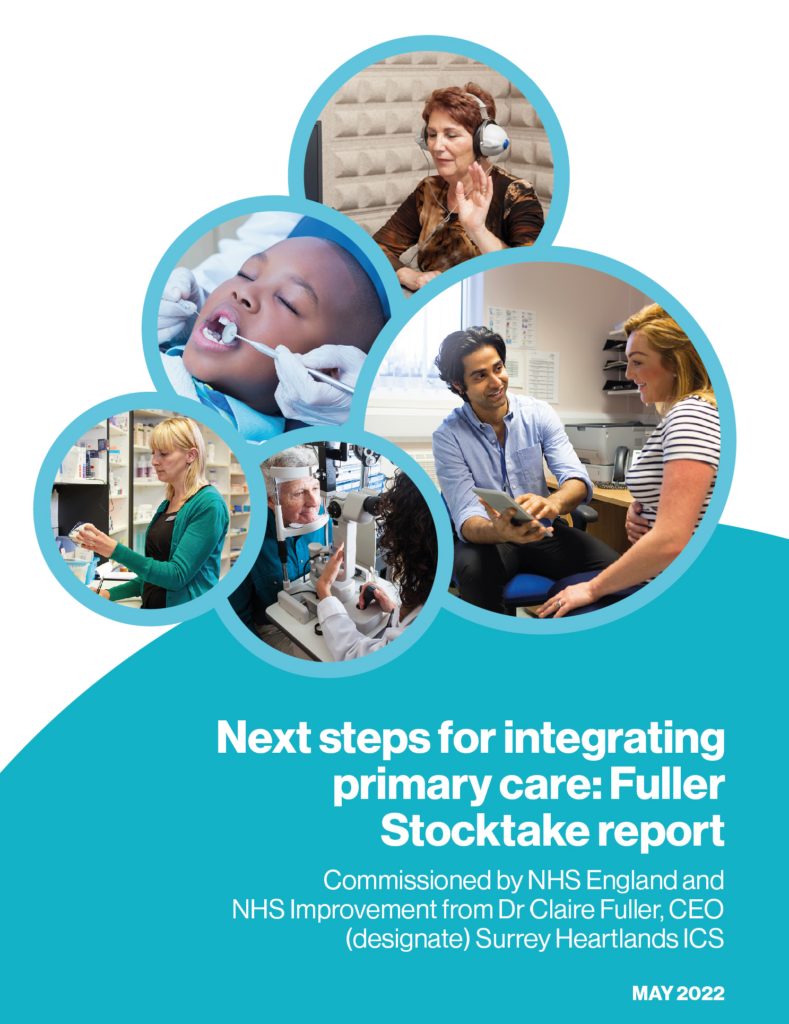
When leaders work shoulder-to-shoulder with other leaders to accomplish shared goals, often in challenging and complex environments, what they are doing is exercising collaborative leadership.
It is a term that has been around a long time and a practice that is fundamental to the success of health and care services, particularly for delivery of patient-centred services.
In brief, collaborative leadership is a way of managing people, projects and programmes across functional and organisational boundaries.
The Kings Fund defines it as being “grounded in the belief that a shared model of leadership is more creative and effective than a leader or group of staff working alone. Sometimes leaders will adopt a collaborative leadership approach when working with their peers; in other instances, a leader focuses on creating the conditions that mean others can collaborate well.”
What does collaborative leadership look like in practice?
In March 2022, TPHC had an opportunity to provide senior leadership and oversight to a new complex primary care programme in North East London (NEL) Integrated Care System and lead a team of consultants.
The Fuller Stocktake programme was a ‘once in a lifetime’ opportunity to transform how primary care services are delivered across north east London and improve the health and care of residents.
This was an extremely challenging consultancy piece; we were aware from the outset that comprehensive system-wide executive level stakeholder engagement would be needed for the programme to succeed.
Our question upon starting this work was: “How do we make sure that all the stakeholders feel heard and valued to improve the health and care of north east London residents in a new healthcare system when it’s still forming?”

To achieve this ambition we needed to create the right conditions for collaborative leadership.
Six leadership practices are identified by Kings Fund and reflecting on them was fundamental to our success.

Explore more detail on each of the six principles here:
We promoted an inclusive and transparent approach to engaging with the stakeholders from the outset. In collaboration with the senior responsible officers and my fabulous project team, we consistently reiterated the same messages and used the same language about the initial programme launch and next steps and reflected back and summarised what we’d heard from them. With patience, time and consistency this encouraged leaders to share further ideas more freely in a safe space without fear of judgement.
Being respectful of other people’s thoughts, opinions and work areas was important to build relationships. We were mindful that the initial priorities and ambitions of the Fuller stocktake review meant different things to different people, for example a specific recommendation may resonate with one stakeholder, but not with another. Building consensus across the four agreed programme areas and priorities took time and patience, but trust between the system leaders grew as they experienced their work being valued.
In the early stages, there were several system leaders wishing to engage with the programme across primary and urgent care, but no official senior responsible officer (SRO) (not yet in post). Our role was therefore to influence and manage the power dynamics that were starting to emerge and ensure a balanced programme approach. We consistently reiterated the vision for the programme, and that there were several named leaders involved.
Identifying and calling out potential conflict and differing views within the workstreams took place early to manage emerging issues. This mitigated any potential threats to the programme delivery and helped to further strengthen senior relationships. This kept the programme on track and strengthened trust across the collaborating group.
How collaborative leadership can benefit you
There are many benefits of collaborative leadership and here are my top six:
- Collaborative leadership creates an inclusive, transparent working environment with a strong shared sense of purpose and fosters a more cohesive culture
- Collaborative leadership creates strong relationships between partners who understand how their work intersects with and influences other teams across health and care system
- Collaborative leadership helps everyone to look at perspectives and issues beyond their own frames of reference
- Collaborative leadership encourages open communication and collaboration across teams, organisations and systems
- Collaborative leadership fosters innovation, creativity and engagement and builds trust
- Collaborative leadership can help all stakeholders feel heard and understood. This can be particularly important when health and care leaders are working together.
Talk to us about your integrated system challenges
If you are interested in talking to me or any of the TPHC team about how collaborative leadership can help you meet your integrated system challenges, please contact us.
email us at:rf-tr.tphc-communication@nhs.net
